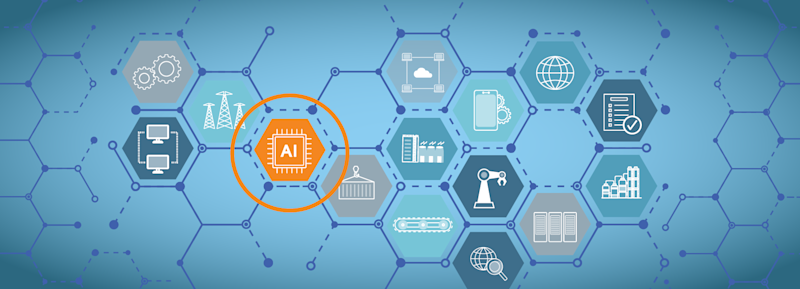Held annually in Washington, D.C., the AI+ Expo brings together defense, government, industry, and academic leaders working at the intersection of artificial intelligence, autonomy, and national security. This year’s event, AI+ Expo 2025, gathered exhibitors and attendees to explore how emerging AI technologies shape the battlefield and the boardroom. From drone strikes to thoughtful regulatory debates, the expo delivered a full-spectrum view of AI’s current trajectory and raised questions about its future.
Government and Defense-Centric, Yet Valuable Industry Presence
The expo leaned heavily toward government and defense applications of AI, especially in drones, with strong representation from military branches (Army, Navy, Air Force, Marines), federal agencies (NIST, NSF, Department of Energy), and big tech players (Palantir, AMD, Tesla). The inclusion of such organizations could have turned the event into an overly commercial affair. Luckily, reputable companies and institutions like Divergent and Manufacturing USA gave the expo some well-deserved industry credibility, making it a worthwhile visit for professionals interested in real-world applications of AI.
Sobering Reflections on AI Safety, Ethics, and Militarization
While much of the expo leaned into military and government AI applications, there was a striking counterbalance in thoughtful calls for AI safety standards and ethical boundaries. The Geneva Convention booth was especially powerful; more than just informational, it was artistic and haunting, designed to confront visitors with the human cost of war. It posed an unspoken but profound question: Will AI make military conflict more humane – or more horrifying? Unlike anything I’d seen before, this exhibit stood in stark contrast to the high-tech drones and hardware surrounding it, elevating the discourse beyond capability and into responsibility.
Additionally, agencies like the Department of Energy showcased positive uses of AI, such as optimizing nuclear energy efficiency, reinforcing that regulation and intentional design must guide AI’s role in national security and beyond.
WebAI: A Standout for Hardware Practicality
Among all the booths, WebAI left the strongest impression with its unconventional AI compute setup: Instead of traditional multi-GPU rigs, it used clusters of Apple Mac Minis. It claimed comparable performance at significantly lower cost and better availability. This novel, pragmatic approach to AI infrastructure stood out amid more conventional displays and hinted at intriguing possibilities for edge AI deployments and cost-effective R&D.
AI+ Expo Through the Lens of Recombinant Innovation
In his AMT Online piece “Why AI Will Multiply Every Tool We’ve Ever Built,” Ryan Kelly, AMT’s vice president of technology, offers a timely framework for understanding what was displayed at AI+ Expo. Many of the most compelling demos weren’t about building something entirely new but recombining existing technologies in novel ways. WebAI’s use of Mac Minis as an AI computer cluster is a perfect example. The DOE’s application of AI to optimize nuclear energy combines physical infrastructure with real-time decision algorithms. Even the Geneva Convention’s evocative booth – layering art, ethics, and wartime history – felt like a form of cultural recombination, pushing us to imagine new boundaries. What Ryan calls “recombinant innovation” isn’t just hypothetical; it was everywhere at the show.
Final Thoughts and a Call to Action
AI+ Expo 2025 more than showcased technology; it provided a snapshot of where we are and a provocation about where we’re going. Whether you came for the drones or the dialogue, the event left little doubt: The fusion of AI with everything from supply chains to ethics is accelerating. For manufacturers, technologists, and policymakers, the challenge now isn’t just to keep up; it’s to think like recombiners. Don’t wait for a silver bullet AI solution. Start asking: What happens if we combine what we already have in a new way? The next leap forward might already be in your shop, dataset, or idea list, waiting to be recombined. Are you using AI or thinking of using AI in your manufacturing applications? Tell us about it.
To read the rest of the International Issue of MT Magazine, click here.






